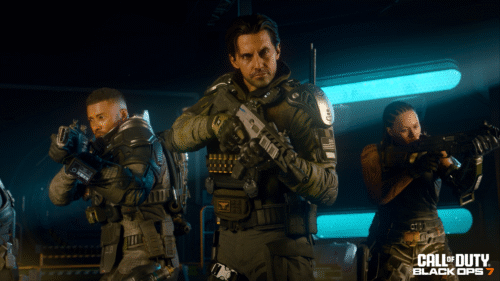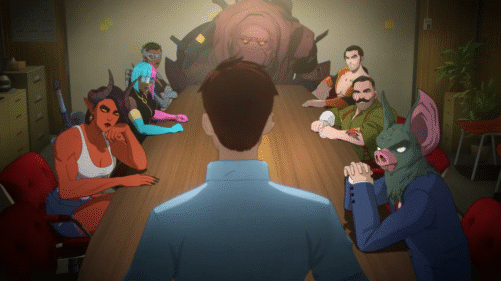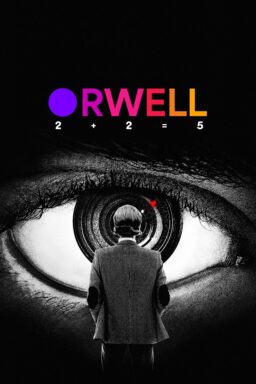One of the reasons we started covering video games at this site is to emphasize how they culturally intertwine with our main area of expertise, film and television. How the “Resident Evil” games and films have influenced each other; how the “Uncharted” franchise uses cinematic language; how screenwriters like Shane Salerno have written video games; how franchises like “South Park” have adapted to the game format – these are all examples of games that wouldn’t exist without the impact that film and television have had on them. So when a game like “Rage 2” popped up on the horizon with an image that looked like fan art from “Mad Max: Fury Road,” the presumption was that they’d share some creative DNA. After all, who makes a post-apocalyptic movie that’s set in a barren wasteland with marauders scouring the landscape in their weaponized vehicles and doesn’t reference “Mad Max”? And then add to that the fact that the developers behind this game—Avalanche Studios—actually made a (truly horrible) “Mad Max” game back in 2015. It’s surprising, then, that “Rage 2” doesn’t really mimic Immortan Joe, Furiosa, and Max Rockatansky. It’s got way more in common with recent hit games. In fact, even though “Rage 2” has enough moments of explosive action, you can’t help but think of other blockbuster games that did this just a bit better.
A sequel to a 2011 game that most people did not expect to get a follow-up, “Rage 2” is an open-world shooter that would have been significantly better without so much bland world to leave open. You play a ranger named Walker (up to you if he’s from Texas), who has a predictably upgradeable array of weapons and skills. An incredible amount of “Rage 2” is spent in pursuit of making Walker more powerful. You seek out Arks, which can give your character new weapons and abilities. You grind your way to more money and skill points that can alter your gameplay style. Although I found that new weapons were neat—like the revolver that lights enemies on fire—nothing was as reliable as my shotgun.

It’s way in the future and Walker is the part of a resistance group of survivors after an asteroid wiped out most of humanity and destroyed most of society’s structure. A group called the Authority took over, but Walker aligns with three figures to help build up the community of freedom fighters and weaken the grip of the enemy. That’s pretty much it. You have three missions to meet the three key characters in the game, and then you spend hours traveling the dull landscape and looking for ways to power up and eliminate enemy power bases. Open world games need two things—an exciting, diverse landscape to explore and a mythology that deepens it. “Rage 2” has neither. So much of the game is spent driving from place to place, looking for something interesting to do.
What does work about “Rage 2” is simple, adrenalized action. When you’re storming an enemy base, the game takes on characteristics of another Bethesda title, the recent, excellent reboot of “Doom” (which was made into a movie in 2005). Your character can enter something called Overdrive, in which enemies burst like balloons of blood and guts when you punch or shoot them, and new skills add new levels of violent insanity. The dull patches and thin storytelling vanish when you’re jumping in the air and slamming down in a way that blasts enemies sky high. But “Rage 2” needed some of that energy in between the combat set pieces to be truly effective.

As you explore the undeveloped world of “Rage 2″—and I plugged way more hours into it than I thought I would—you inevitably start thinking of similar games that have done this so much better. Despite the failures of the last installment, nothing has redefined post-apocalyptic gaming like the “Fallout” series, and finding desolate outposts in a sandy landscape allows for echoes of that superior Bethesda series. Most of all, “Rage 2” reminded me of one of my favorite franchises of all time, “Borderlands,” another futuristic open-world shooter with outposts to explore and larger-than-life characters. However, those games have deep mythology, fun voice work, and clever storytelling—three elements missing here.
So how does “Rage 2” play into the way we’re trying to cover video games? It’s evidence that influence needs to be carefully modulated. A game like “Uncharted,” for example, uses elements of cinematic adventure films but carves its own path at the same time. That’s the problem with games heavily inspired by films, TV, and other games. Sometimes you’d rather just watch “Fury Road.”












